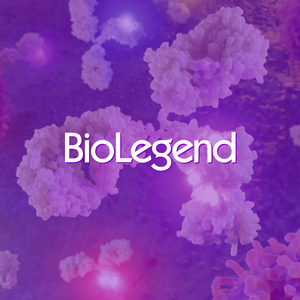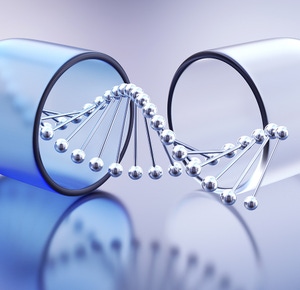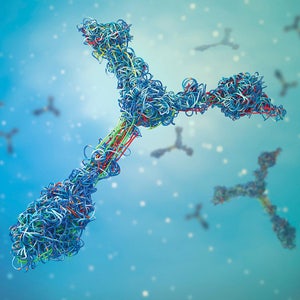

HTRF Glucagon Detection Kit, 500 Assay Points
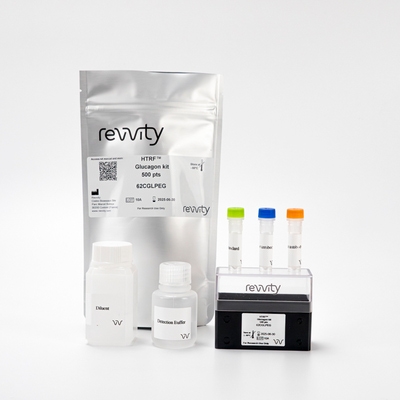

 View All
View All
HTRF Glucagon Detection Kit, 500 Assay Points
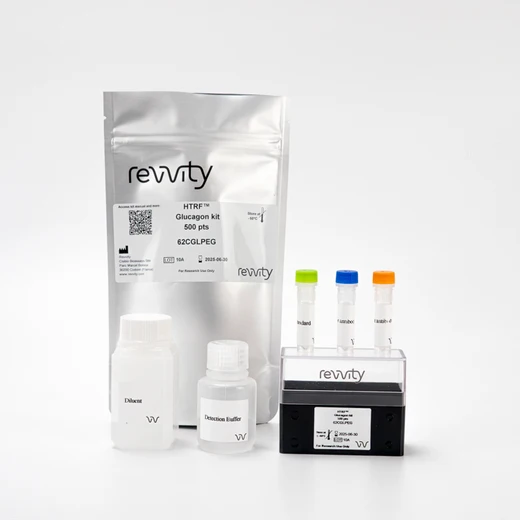




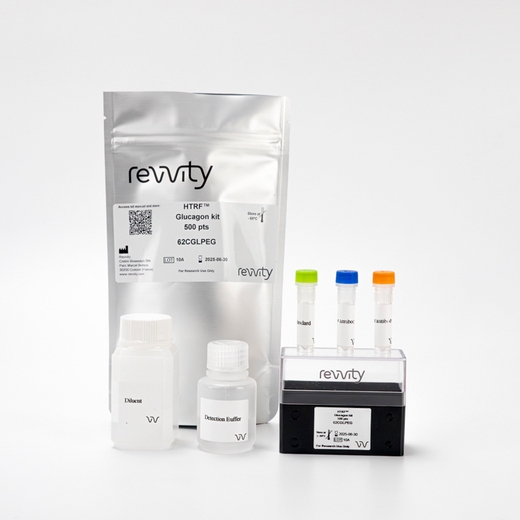




The Glucagon kit is intended to provide significant time-saving over ELISA, in the quantification of glucagon in cell culture media.
| Feature | Specification |
|---|---|
| Application | Protein Quantification |
| Sample Volume | 10 µL |
The Glucagon kit is intended to provide significant time-saving over ELISA, in the quantification of glucagon in cell culture media.





HTRF Glucagon Detection Kit, 500 Assay Points





HTRF Glucagon Detection Kit, 500 Assay Points





Product information
Overview
The Glucagon assay offers superior sensitivity and ease-of-use for a reliable quantification of glucagon in cell culture media. Built on a truly homogeneous protocol, the assay does not require any washing or complex extraction steps, meaning significant time savings over ELISA methods. Simply add the detection reagents, incubate, and read!
Specifications
| Application |
Protein Quantification
|
|---|---|
| Brand |
HTRF
|
| Detection Modality |
HTRF
|
| Product Group |
Kit
|
| Sample Volume |
10 µL
|
| Shipping Conditions |
Shipped in Dry Ice
|
| Target Class |
Biomarkers
|
| Technology |
TR-FRET
|
| Therapeutic Area |
Metabolism/Diabetes
|
| Unit Size |
500 assay points
|
Video gallery

HTRF Glucagon Detection Kit, 500 Assay Points

HTRF Glucagon Detection Kit, 500 Assay Points

Citations
How it works
Assay principle
Glucagon is measured using a sandwich immunoassay with two monoclonal antibodies, one labelled with Lumi4-Tb Cryptate (donor) and the other with d2 (acceptor). The intensity of the FRET signal obtained is proportional to the concentration of glucagon in the sample.

Assay protocol
10 µL of cell supernatants are supplemented with 5 µL of acceptor-labelled antibodies and 5 µL of donor-labelled antibodies (or 10 µL of pre-mixed reagents for a single dispensing step). The mix is then incubated from 4h to overnight at RT and results are read on an HTRF compatible reader.

Assay details
Specificity
| Peptide | Specificity (% of recognition) |
|---|---|
| Glucagon | 1 |
| Oxyntomodulin | <0.07% |
| Glicentin | <0.07% |
| Glucagon fragment 1-18 | <1.81% |
| Glucagon fragment 19-29 | <0.03% |
| GLP-1 (7-36) amide | <0.06% |
| GLP-1 (7-37) | <0.11% |
| GLP-2 | <0.3% |
| GRPP (Glicentin-Related Pancreatic Peptide) | <0.01% |
Sensitivity
Typical calibration curves obtained by the dilution of glucagon standard in cell-culture media conditions for 20 µL final, using a white 384-well small volume plate, are presented below. Samples were incubated overnight at RT and diluted in diluent #5. The assay ranges from 15,6 to 2000 pg/mL and the detection limit measured was 6 pg/mL (PHERAstar FS reader - flash lamp excitation).

Linearity
Dilution linearity in cell culture media was assessed. Recovery results of between 88% and 100% were obtained, supporting the claims regarding linearity. Mouse a-TC1-6 cells were seeded in 96-well culture treated plates (100k cells/well) in complete culture medium containing 25mM glucose and incubated for 24 h at 37°C - 5% CO2. The media was then removed and the wells washed twice with KRB buffer before being incubated 1 h with KRB buffer containing low glucose (1 mM). Supernatants were collected and serially diluted in diluent #5. Results are expressed as percent observed from expected.

Serial dilutions of a mouse a-cell supernatant in diluent #5: Mouse a-cell supernatant [Glucagon] measured (pg/mL) [Glucagon] expected (pg/mL) % of expected concentration Undiluted 1460.0 - - 1:2 733.0 730.0 100.4 % 1:4 351.0 365.0 96.2 % 1:8 167.0 182.5 91.5 % 1:16 80.3 91.3 88.0 %
Intra- and inter-assay variability
Intra-assay and inter-assay variability in cell culture media conditions were assessed. Typical CVs of less than 5% were obtained, supporting the features required for a robust and reproducible assay.
| Intra-Assay - n = 24 | CV |
|---|---|
| Standard 2 (= 31.25 pg/mL) | 2.8% |
| Standard 6 (= 500 pg/mL) | 2.4% |
| Standard 8 (= 2,000 pg/mL) | 3.0% |
| Inter-Assay - n = 6 | CV |
|---|---|
| Standard 2 (= 31.25 pg/mL) | 8.1% |
| Standard 6 (= 500 pg/mL) | 4.4% |
| Standard 8 (= 2,000 pg/mL) | 5.4% |
Assay validation
Validation on mouse isolated pancreatic islets
15 pancreatic islets isolated from a C57BL/6J mouse were exposed to increasing concentrations of Glucose or Adrenaline. Following exposure, supernatants were collected and their Glucagon levels quantified. In the presence of glucose, Glucagon levels were readily detected using as few as 15 islets per well. All results were similar to those previously published by other investigators. Courtesy of Physiopathology of pancreatic BETA cell research team, Institute de Génomique Fonctionnelle, Montpellier, France.

Resources
Are you looking for resources, click on the resource type to explore further.
Helping you select an optimal assay for your research
Revvity offers a comprehensive line of insulin quantification assays designed...
This guide provides you an overview of HTRF applications in several therapeutic areas.
SDS, COAs, Manuals and more
Are you looking for technical documents related to the product? We have categorized them in dedicated sections below. Explore now.
- LanguageEnglishCountryUnited States
- LanguageFrenchCountryFrance
- LanguageGermanCountryGermany
- Lot Number01BLot DateDecember 20, 2026
- Lot Number07ALot DateJune 30, 2025
- Lot Number01ALot DateJune 30, 2025
- Resource TypeManualLanguageEnglishCountry-


Recently Viewed
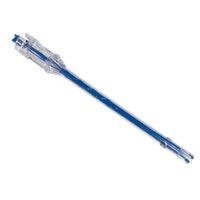
How can we help you?
We are here to answer your questions.




